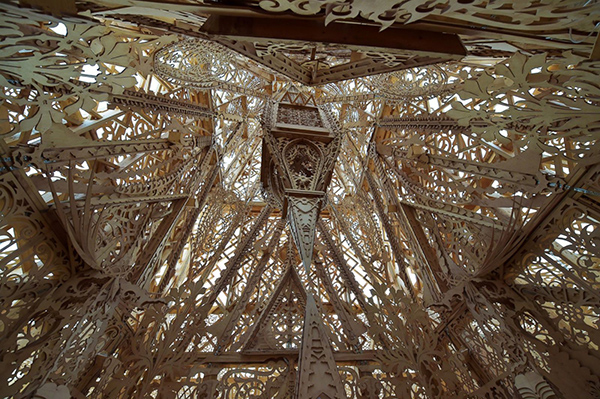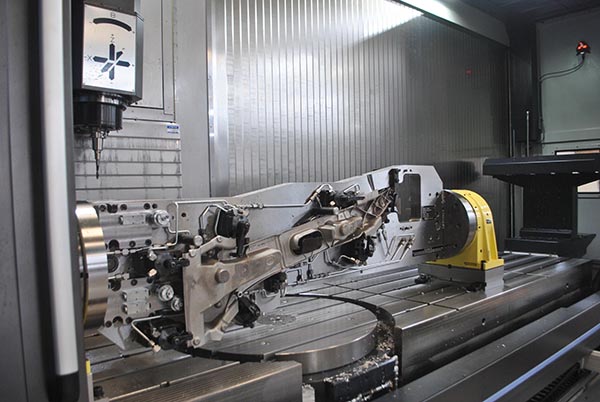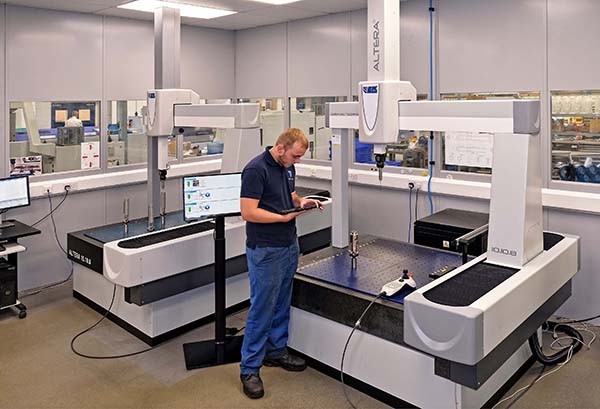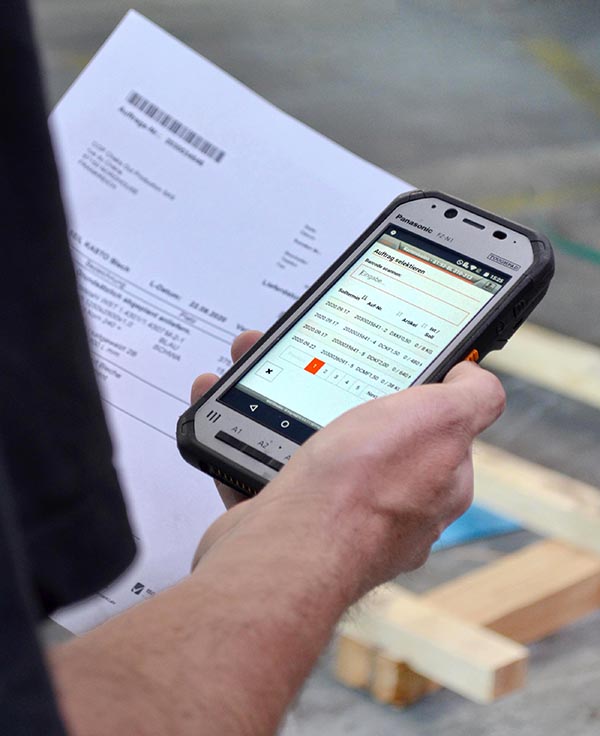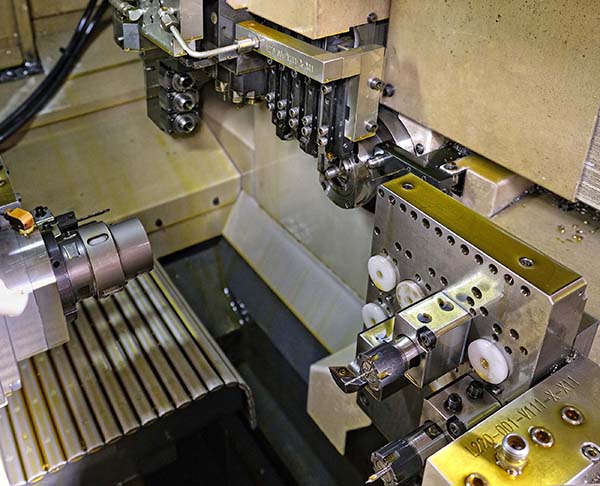
With almost 20 years in business and thousands of successful projects undertaken, Cutting Edge Designs specialises in routing, trade signage, acrylic fabrication, panelling, wood and laser cutting, printing, 3D carving, finishing, assembly, and CAD design. Since its inception, the Newry-based company has been working closely with the cutting tool experts at Industrial Tooling Corporation (ITC) to complete an extraordinary number of high-profile projects.
Founded by David Hogg, Cutting Edge Designs was set up in a small room at the back of his family’s furniture business with a single CNC routing machine. Now, the company can take credit for designing, machining and delivering unique projects for some of the most recognised brands in the world. When the first Tekcel routing machine arrived more than 15 years ago, the company turned to ITC, not only for its cutting tools, but also the company’s technical support and service.

Commenting upon the Northern Ireland company’s journey, Hogg recalls: “Prior to starting the business, I worked at a sign-making factory that was using ITC cutting tools, so I was already aware of the range of products and services available. When Cutting Edge Designs started up, we immediately turned to ITC for their expertise and extensive product ranges. The supplier of our routing machines provided alternate cutting tools when we began and, like other cutting tools that we have tried down the years, none have matched the performance of ITC.”

The company machines a vast array of materials that range from wood, veneer, MDF, plastics, metals, rubber, composite and much more. For every project and every material, Sally Hunt from ITC has been on-hand with technical support.
“During the early years of our business, Sally was fantastic at providing technical support with regard to what tools we should use on specific materials, as well as the speeds and feeds required to optimise machining performance and eliminate vibration,” says Hogg. “Over the years, our ever-increasing expertise relies less upon this technical input. While it’s always important to have technical expertise from our cutting tool supplier, nowadays the key factor is service and supply. From this perspective, ITC always has cutting tools in stock, supplied with next-day delivery. This service is absolutely first class, and it is why ITC are the best cutting tool supplier in the industry.”
Regarding some of the projects and brands the company has worked with, the list includes names like Ferrari, Guinness, M&S, Liverpool Football Club, Subway and KFC, through to famous artists and sculptors, as well as TV and movie companies. Two prestigious projects the company has worked on include the Game of Thrones television series and the Burning Temple for artist David Best – all machined with ITC cutting tools. In Derry, there has been an annual tradition for more than 40 years of burning bonfires – and in the process, protestants, catholics and the IRA would leave both their weapons and grievances outside, enter with respect and greet each other – ready to move on.

Working with show organisers Artichoke and David Best, Cutting Edge Designs was commissioned to cut 16 designs, each in a large quantity with over 1500 parts being cut from many of the 8 x 4 ft sheets of birch wood. Employing all three of its routing machines to the project and a variation of ITC cutting tools, Cutting Edge Designs estimates more than 400,000 cuts took place in the project’s three-month timeframe.
Unlike the Burning Temple that, like its name suggests, was burnt to the ground, the small business also worked with HBO Studios and Tourism Ireland in the creation of beech wood doors for the sixth series of Game of Thrones. Again, ITC was integral to the project. Produced from trees downed by Storm Gertrude in a location known as the Dark Hedges, Cutting Edge Designs produced 10 doors with each one incorporating designs, iconic symbols and references from the episodes. Receiving the artwork and 3D models, the subcontractor converted the files into CAM models and applied ITC single-flute routing tools and its Tekcel router to the task.

“We decided on using an ITC 12 mm diameter ball-nose tool for our initial rough cutting,” explains Hogg. “This removed the excess material, making it easier and more efficient for the smaller tools to do the finer details. A 90° wood-cut angle was also implemented to prevent lifting or splitting of the wood along the grain. The rough-cut cycle took about 6 hours per door. Following this, we utilised ITC’s 3 mm diameter ball-nose cutter to achieve all the important finer details, machining with a step-over rate of 0.2 to 0.3 mm. This fine detail work took an average of 50 hours per door to complete. When each door was finish-machined, it was sanded and professionally stained by one of Game of Thrones’ set painters.
For the majority of the machining, Cutting Edge Designs applied ITC’s 180 Series of solid-carbide tools, as their ability to prolong tool life, perform at higher speeds and feeds, and reduce cycle times is a huge benefit. For finish-machining, the company applied ITC’s 180-1181-10-A-XL single-flute cutting tool, a 3 mm diameter tool that is said to demonstrate exceptional tool life and rigidity. These attributes are credit to its reinforced 6 mm diameter shank, 10 mm length of cut and 30° helix geometry produced from an ultra-wear resistant micro-grain carbide.

Concluding on the relationship with ITC, Hogg says: “The ITC tools perform exceptionally well: we use everything from routers and engraving tools through to ball-nose cutters, drills, compression spirals and special tools. The range is extremely diverse, the quality is unbeatable, and the service is a cut above anything from any other tooling company. Regardless of the material we are cutting, ITC has a tool and a solution for our business.”
For further information
www.itc-ltd.co.uk







